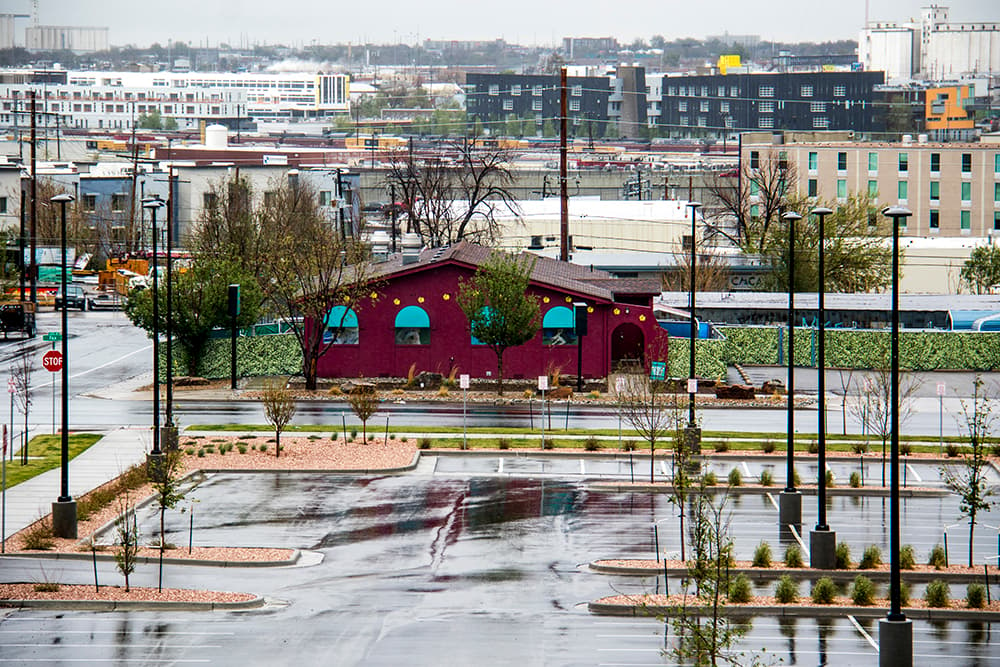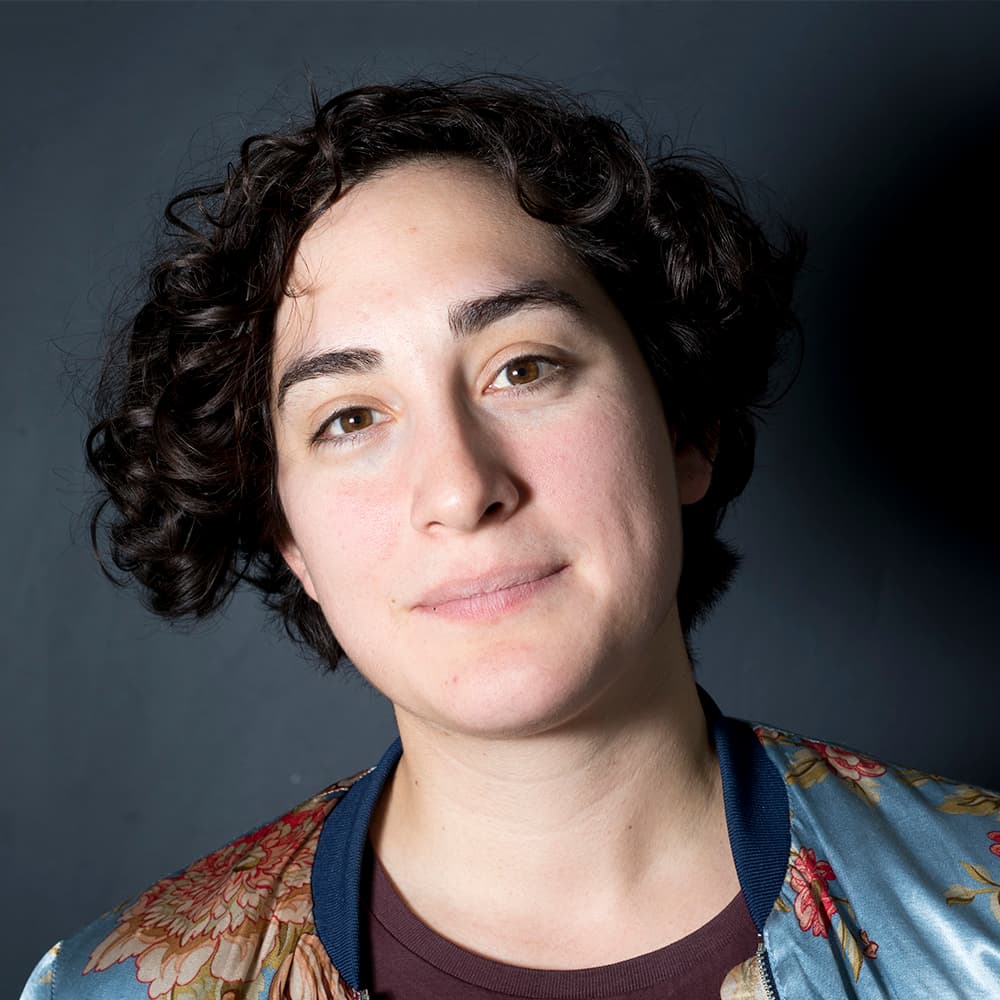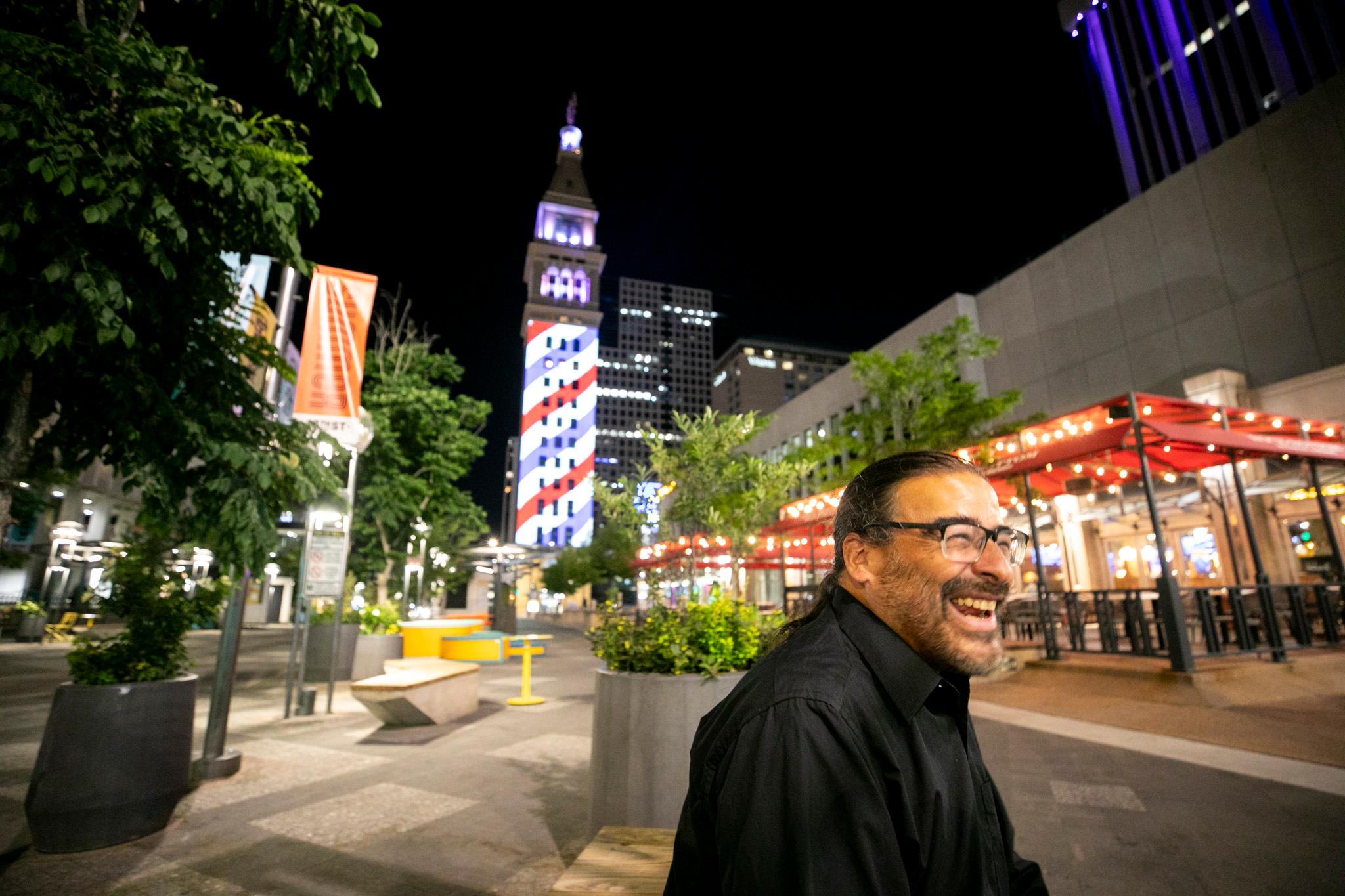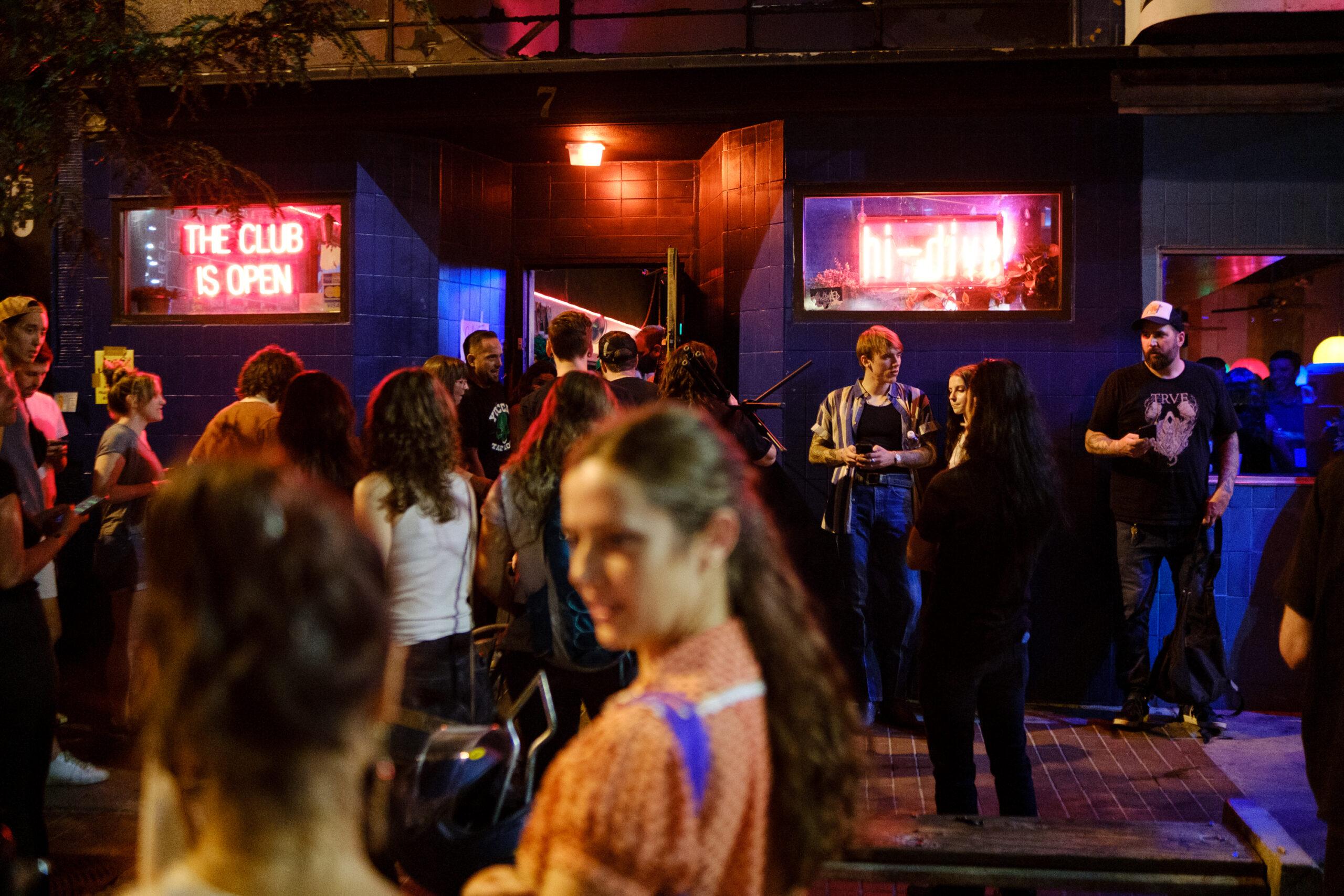
Over the past four months, seven different property owners have asked the city to rezone their buildings to allow higher structures, new homes and retail in a small section of Sunnyside.
In a matter of years, the mile-long industrial area that currently holds Mile High Comics and a handful of marijuana grows will change, maybe becoming the next place you get a nice coffee or an apartment. But what's got developers interested all of the sudden?
The new 41st and Fox light rail station definitely catalyzed the change. Housing near transit can command a higher price and transit-oriented development is en vogue.
But it's not just that. Denver identified this spot as an area of change in 2002 and created a station area plan for the 41st and Fox station in 2009. Among the city's goals: transform the industrial blocks into an urban residential area.
Still, they didn't change the zoning to reflect that goal in the comprehensive update of 2010. Denver Principal City Planner Kyle Dalton said that would have been premature in 2010. After all, seven years later, the station still isn't open.
"If the city had come in and rezoned, we would have made those industrial properties nonconforming. We could have made all these businesses that still were thriving into something that city policy said should eventually shut down," he said. "We could have facilitated abandonment prematurely."
Now individual developers who want to change the area, something the city also wants, have to apply for a rezoning before they can break ground.
So far, there are plans for a 300-unit affordable housing complex, a 12-story residential building, a five-story loft building with commercial spaces, 132 units of residential housing and a coffee shop, plus more to be determined.

Developer Michael Mathieson says rezoning and developing this area is worth it, especially because the city's other hip areas are mostly bought out.
"If you look at Tennyson Street, there's not much land left. RiNo, there is some land, but it's owned by a lot of different developers, and here, a lot of the original owners are still there. So developers are like, 'This is where we can go get land,' and then it's in a great location," he said.
Neighborhood groups haven't opposed any of the changes yet on the record. United Community Action Network and the Globeville Civic Association filed letters of support in one case. At the area's most recent rezoning, the only public comment was in favor of the zoning change.
Niles Emerick, co-chair of Sunnyside United Neighbors Inc.'s Planning and Community Development committee, says most neighbors in SUNI seem to be excited by the potential redevelopment. A SUNI survey with a couple hundred responses even found that most people agree with the city's plan. It all comes down to the very specific location.
"This particular location isn't one that the neighborhood has been proud of -- and that hasn't drawn anyone to the neighborhood," Emerick said. "This is on the southeast corner of the neighborhood bordered by railroad tracks, bordered by the 38th Avenue underpass, and then I-70 to the north. So really three of the four sides are not necessarily going to be too negatively impacted by that kind of development."
But that doesn't mean that it's a bad spot for development says Developer Michael Mathieson.
"Sunnyside is just an aesthetically pleasing area," said Mathieson. "It's on a hill, so if you look at the views, they're totally unobstructed views of downtown and the mountains."
Principal City Planner Dalton concurred:
"It's the first stop out of downtown on the G Line, it's visible from both I-70 and I-25 with decent highway access. You've got the river amenities and the parks nearby, in a fairly central location to the metro area."
All that makes for an area that eventually will become include light-mixed use, Mathieson predicts.
"You're not going to have a RiNo or a LoDo, or even as dense as a mixed use as you have on Tennyson. It's more like a Gaylord type-area, where you have a block of stuff. It's not incredibly well travelled, it's not like a main thoroughfare."










